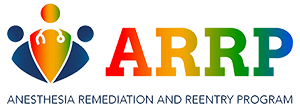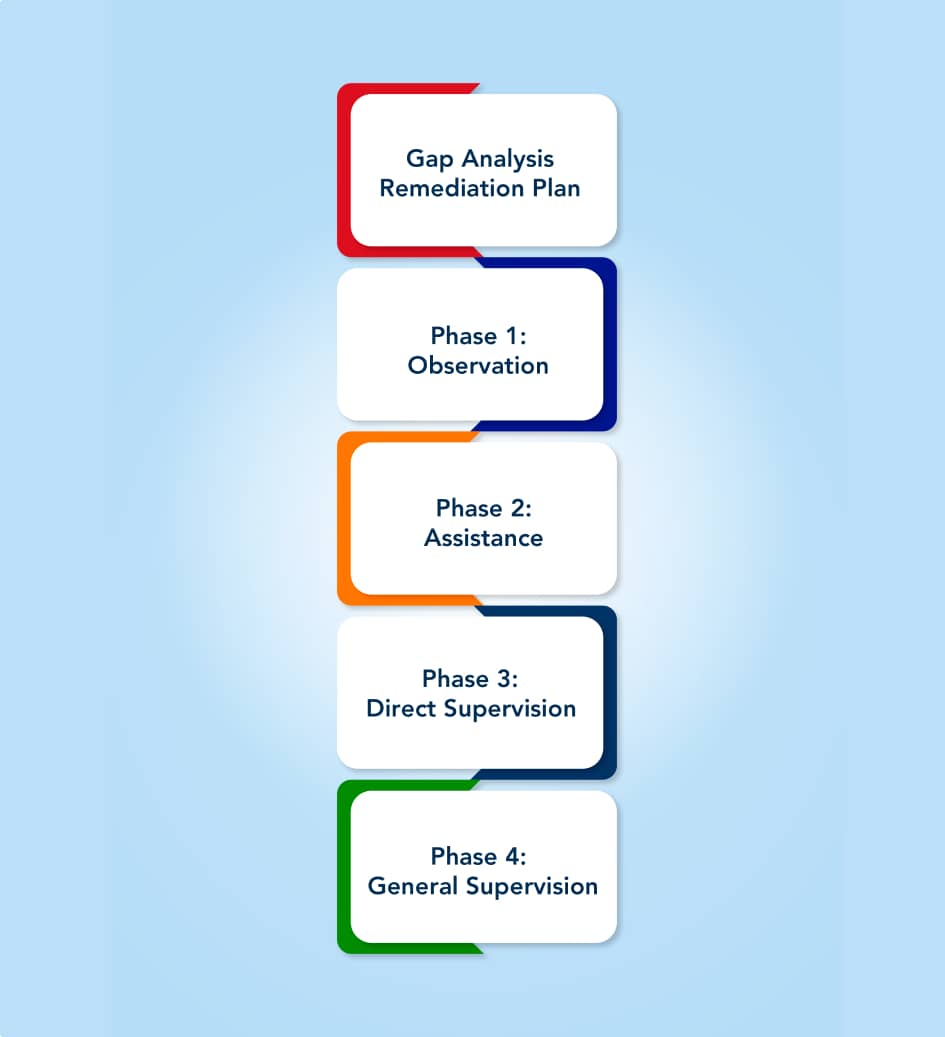The Anesthesia Remediation & Reentry Program’s (ARRP) aim is to put non-practicing or non-boarded anesthesiologists back to work by closing gaps in their knowledge and skills through development and execution of individualized remediation plans carefully developed and undertaken at selected ARRP-affiliated hospitals.
Employing unique, innovative methods, the four-phased program aims to reintegrate anesthesiologists who fall into one of four cohorts:
Cohort 1: Been working in a narrow-scope setting (e.g., GI center)
Cohort 2: Taken time off from medicine and anesthesia altogether
Cohort 3: More complicated or mandated supervisory needs
Cohort 4: Board certification challenges







